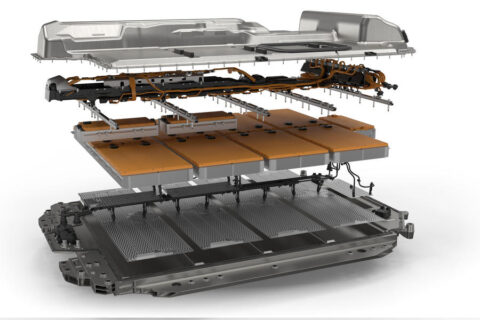“We take the information we know about that nickel and we create a digital replica of it,” said Carey. “Where was it mined? What was its geolocation? What was its weight? What was the elapsed time in terms of processing?
“Then all of that information that we gather – at every step along the journey about that same piece of nickel – we can tie to that VIN or that QR code.”

To preserve intellectual property, manufacturers will be able to access the full scope of information in a battery passport but other parties will be limited in what they can see.
“Not everyone gets to see the same data,” said Carey. “The automotive [manufacturer] gets to see everything. The [car buyer] gets to see the general information, maybe some of the supply chain information and certainly the state of capacity and state of health.
“That data changes depending on the role in either the primary sourcing or the circular economy. Maybe the [recycler, for example] really only sees the type of battery it is and how to safely remove it and handle it.”
Outside the EU, battery passports can be used for different purposes and in a non-legislated capacity.
Carey said that although they won’t be required in the US, they can serve as evidence that an electric car qualifies for Clean Vehicle Tax Credits, which provide up to $7500 (£5900) depending on the vehicle and its emissions.
